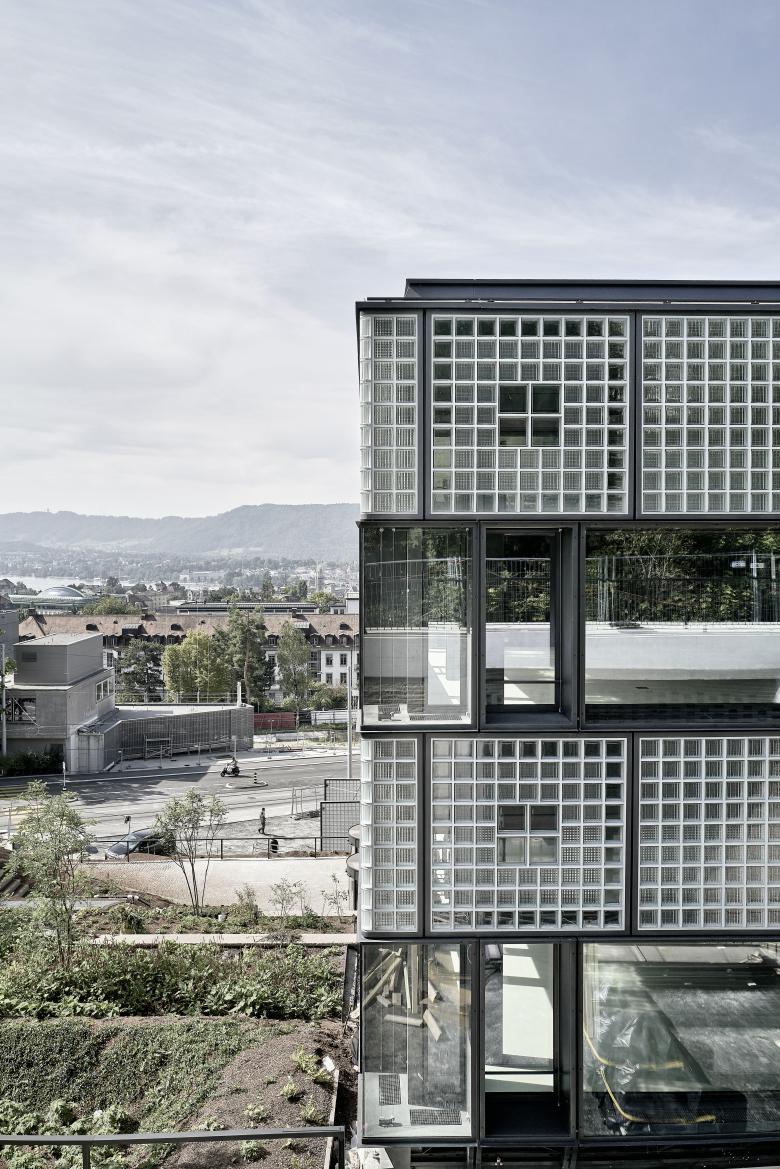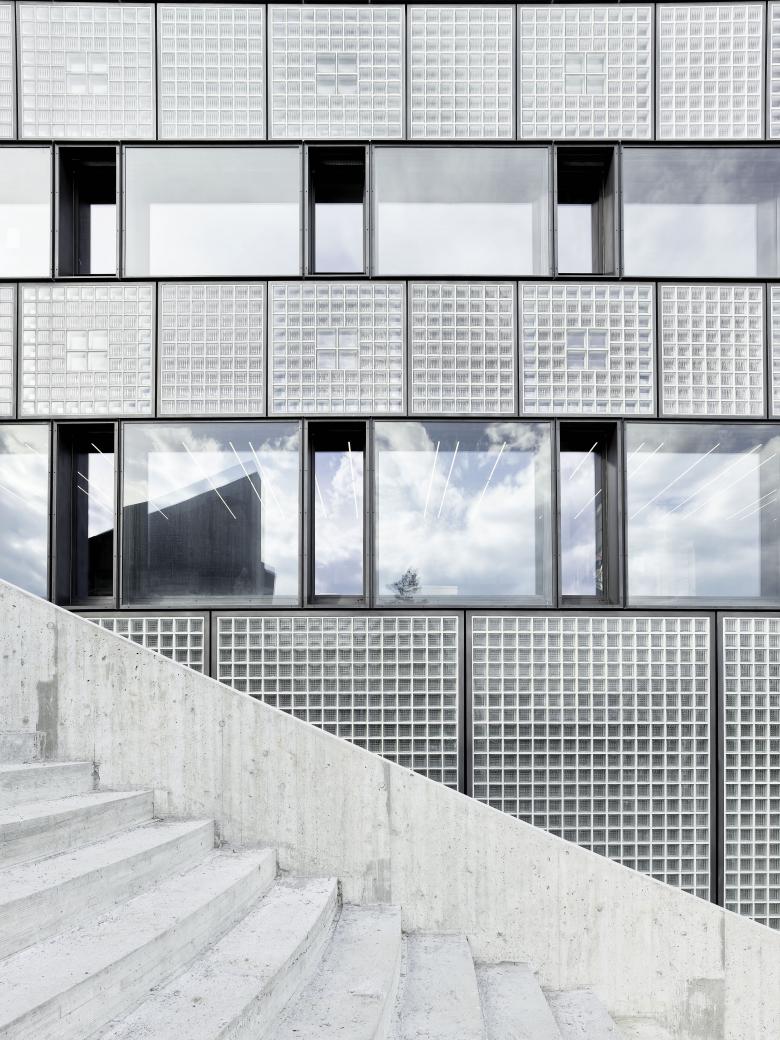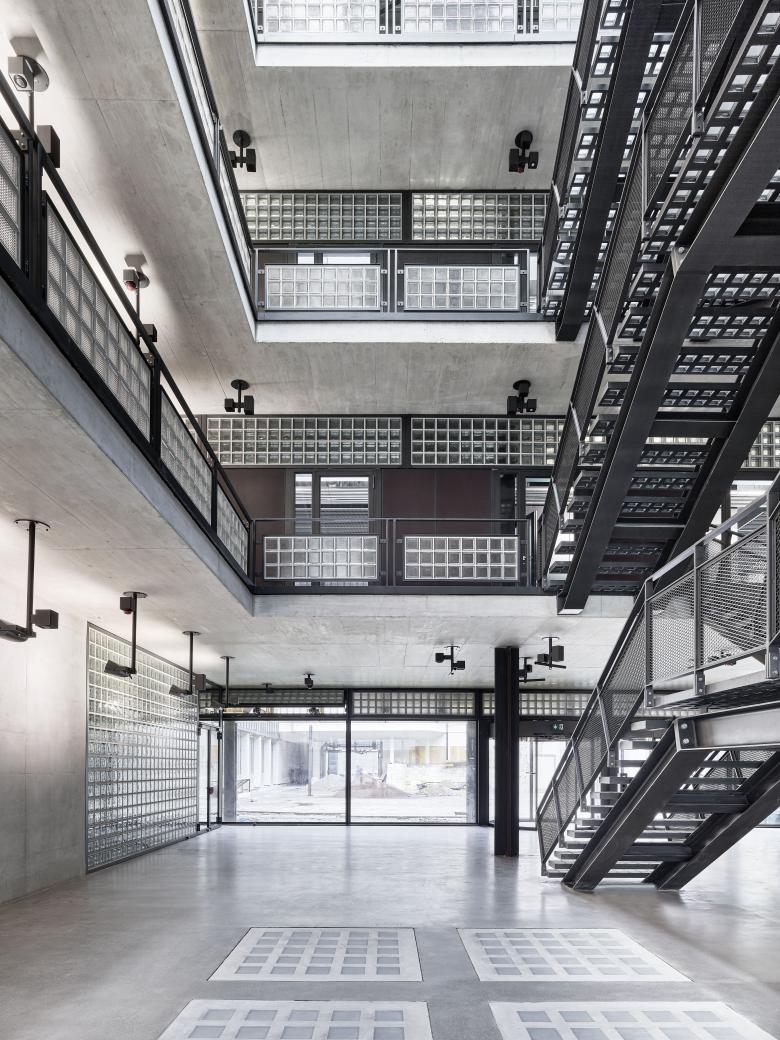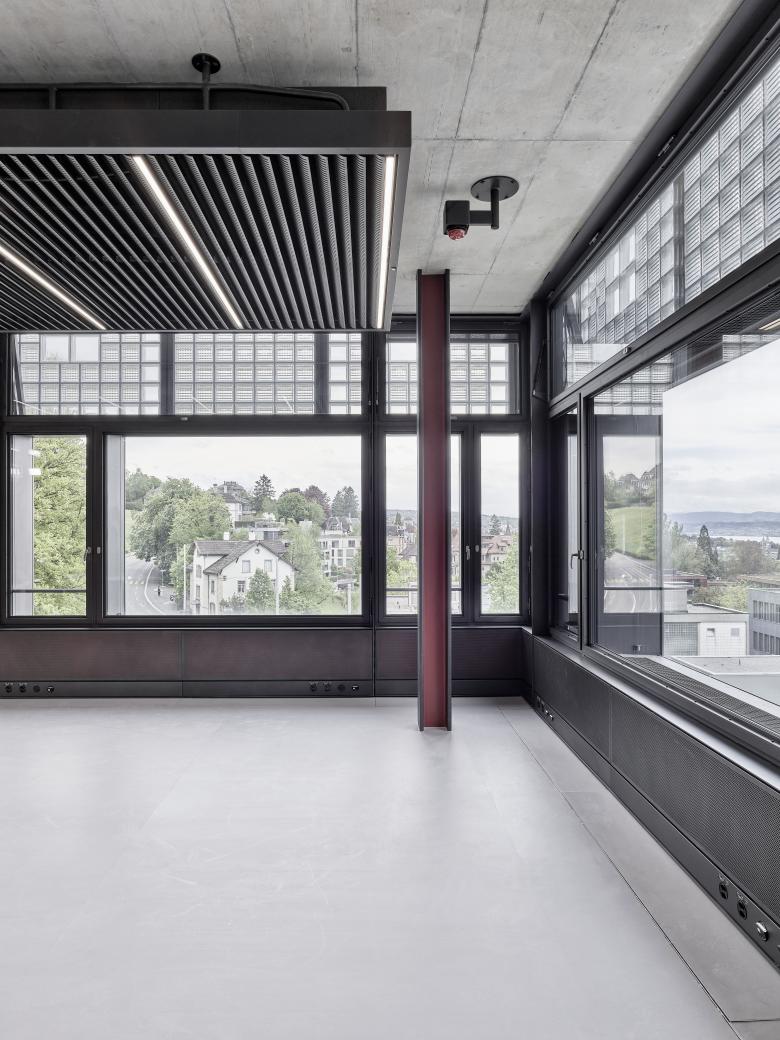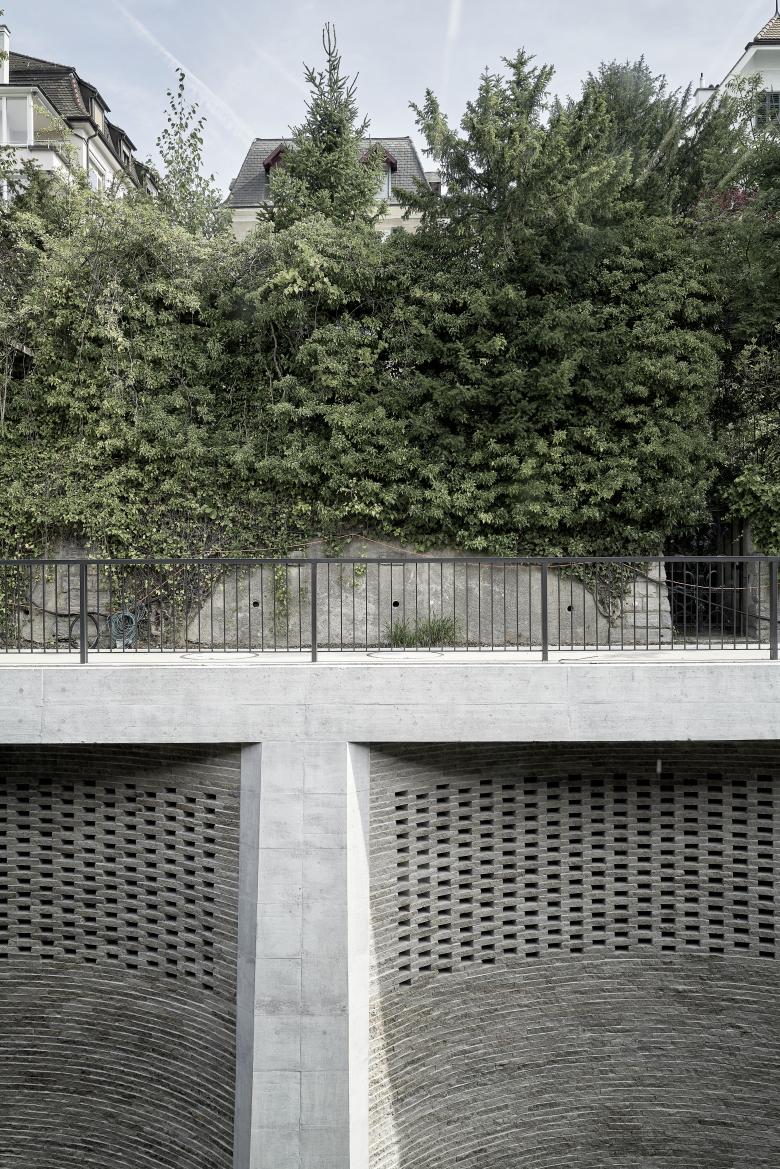Research Building GLC, ETH Zurich
Zurich, Switzerland
- Architects
- Boltshauser Architekten AG
- Location
- Gloriastrasse 39, 8092 Zurich, Switzerland
- Year
- 2022
- Client
- ETH Immobilien Zürich
- Team
- Armin Baumann, Fabio Tammaro, Angela Tsang, Stephan Schülecke, Giuseppe Pascoli, Marco Zingg, Daniel Christen, Mike Azzaoui, Elias Binggeli, Jan-Miro Joest, Christof Giger, Nicola Nett, Sascha Laue, Erica Pasetti, Urs Ringli, Simon Spring, Emanuel Stieger, Alexander Wright, Adrian Zimmermann, Luise Banz, Lorain Bernasconi, Manuel Fernandez, Janina Flückiger, Marle Freitag, Nadia Gloor, Sina Hettler, Linus Huber, Katarzyna Pankowska, Matthias Petersheim, Maximilian Prücklmeier, Bianca Schifani, Lenz Schnell, Silvia Stefanova, Sandro Straube, Jonas Sundberg, Yasemin Özdemir, Remo Fässler
- Landscape architecture
- Mettler Landschaftsarchitektur, Berlin
- Structural engineer, building physics, energy consultant
- Basler & Hofmann AG, Zurich
- HVAC engineering, coordination services
- Waldhauser & Hermann, Münchenstein
- Services engineer
- Balzer Ingenieure AG, Winterthur
- Electrical engineer
- IBG B. Graf AG Engineering, Winterthur
- Facade consultant
- Feroplan Engineering AG, Zurich
- Sustainability consultant
- Durable GmbH, Zurich
- Lighting consultant
- Reflexion AG, Zurich
- Acoustics consultant
- Mühlebach Partner AG, Winterthur
- Building automation consultant
- SSE Engineering AG, Gümligen
- Laboratory planner
- Laborplaner Tonelli AG, Gelterkinden
- Gastronomy consultant
- Promafox AG, Bad Zurzach
- Fire protection consultant
- Gruner AG, Zurich
- Smoke pressure systems
- Gruner-Roschi AG, Köniz
- Door engineering consultant
- Brütsch Elektronik AG, Uhwiesen
- Door engineering consultant
- OSC GmbH, Brüttisellen
- Drainage consultant, exterior facilities
- Hydraulik AG, Zurich
- Traffic consultant
- Enz und Partner AG, Zurich
- General contractor
- Steiner AG, Zurich
- Facade
- Aepli Metallbau AG, Gossau
- Facade
- Ruch Metallbau AG, Altdorf
- Glass blocks
- Semadeni Glasbetonbau AG, Horgen
- Metalwork
- Klausner Wetter Metallbau AG, Auw
The new building complex is one of the first components of the 2014 master plan for Zurich’s university quarter, that was finalized in the course of planning and construction. Together with the existing ETH building, the roughly 110-meter-long new-build forms a courtyard and thus fits in with the existing typology of the university quarter.
Users reach the courtyard via the existing passageway, that forms the new address of the complex. Located here are the main entrance, that leads to an atrium illuminated at its zenith, in which a virtuoso double main staircase leads to the upper floors. Professorial offices are located in the front building on Gloriastrasse, with the spacious laboratory areas situated on the side of the slope allowing flexible division. On the basement floors they are protected and illuminated by the retaining wall detached from the building.
Niche-like lounge areas add rhythm to the annular circulation zones, and provide a direct connection to the existing building adjacent.
The glass and stone facades of the new-build follow the long tradition of glass block facades in modernist industrial and university buildings. As a double-skin construction with glass block elements joined in the manner of coffers, the new façade achieves a dignified gravity as well as a three-dimensionality which the neighboring façade lacks. Glass block parapets and strip windows create a horizontal structure that is superimposed by the vertical order of the recessed casements. Fine steel frames divide the strips into square and rectangular formats. The square elements have brooch-like infills with different formats and structures. The larger blocks in the middle establish a link with the casements, thus strengthening the verticality within the horizontal strip.
On the slope side, the glass facade stands opposite the solid load-bearing slope stabilization structure. The impressive structure is conceived as an arc segment-shaped retaining wall that transitions into diaphragm wall slabs anchored in the bedrock. The curved wall is around eighteen meters high and transfers the forces in a clear and expressive manner. Thanks to this, the new-build remains flexible in its load-bearing structure and spares the existing buildings additional shear forces. The cavities in the barrel-shaped wall serve as an in-wall cooling system: fresh air is taken in and fed into the ventilation systems, the vast mass of the soil is activated to cool the laboratories, thus saving considerable amounts of energy.
In the various views, the coffer-like composition of the glass facades creates the impression of a relief. Inside, it acts as a brise-soleil, creating different levels of transparency and lighting ambiances. The interspace of the double skin is climate-controlled, with air flowing through in the summer and buffered in the winter. As a result, the double-skin facade not only helps make good use of daylight but also plays a role in regulating the indoor climate.
A hierarchically graduated visibility of conduits and building service elements defines the character of the spaces. While no conduits are visible in the entrance hall and corridors, they are increasingly present in the lounge and work areas, becoming a defining element. A specially developed additive LED lamp system can hold additional technical elements such as fire alarms and motion detectors as needed. The building is connected to the ETH Zentrum district heating and district cooling grid. It meets the standards of the ETH Zurich and was realized in compliance with and in implementation of the building standards DGNB/SGNI Gold, Minergie-ECO and GI Gutes Innenraumklima (Good indoor climate construction standards).
Related Projects
Magazine
-
Winners of the 5th Simon Architecture Prize
3 days ago
-
2024, The Year in …
5 days ago
-
Raising the (White) Bar
6 days ago
-
Architects Building Laws
1 week ago
